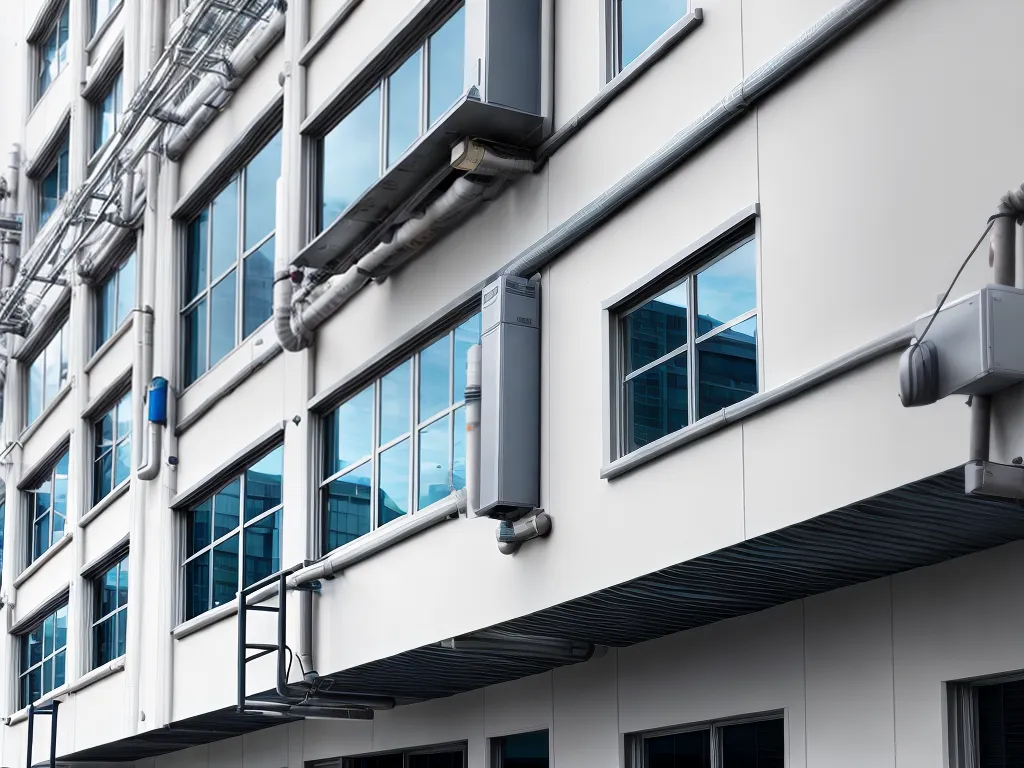
Introduction
Maintaining balanced 3-phase power is crucial for operating electrical equipment efficiently and safely in commercial buildings. Power imbalances can lead to problems like overheating, circuit breaker tripping, motor vibration, and equipment failure. As the facility manager, it's important that I know how to troubleshoot and correct power imbalances. In this article, I'll provide an in-depth guide on identifying, diagnosing, and resolving 3-phase power imbalances in commercial buildings.
Detecting 3-Phase Imbalances
The first step is identifying that a 3-phase imbalance exists. Here are some common signs:
Uneven Circuit Loads
Imbalances often arise from uneven power loads on the 3 phases. I can check for uneven loads by measuring current on each line at the panel. Significantly higher current on one phase indicates an imbalance.
Overheating Electrical Equipment
Excess current from an imbalance can cause motors, transformers, and other equipment to overheat. I should inspect equipment for signs of unusual heat or damage.
Circuit Breaker Tripping
Imbalances can repeatedly trip circuit breakers on the overloaded phase. I need to take note of which circuit breakers are tripping to locate the problem area.
Motor Vibration
Vibration or noise from motors can indicate a power imbalance is affecting performance. Imbalances apply uneven forces, causing motors to vibrate excessively.
Diagnosing the Cause
Once I've identified an imbalance, next I need to diagnose the root cause. Here are some common factors to consider:
Faulty Equipment
Issues like blown fuses, failed transformers, bad connections, or damaged wiring in one phase can disrupt balance. I should inspect electrical components thoroughly for damage. Replacing faulty equipment may resolve imbalance.
Overloading a Phase
Putting too many loads on one phase overloads it. For example, having many large motors on Leg A and lighter loads on Legs B and C. I must compare loads on each phase and redistribute them evenly.
Single-Phasing
Losing one phase due to a fault leaves only two phases operating. This severely unbalances the system. I need to restore missing phase by repairing faulty wiring or equipment.
Unbalanced Transformers
If transformer windings have unequal impedances, they can create imbalanced 3-phase outputs. I should check transformer nameplate ratings and test winding impedances. Replacing defective transformers may be necessary.
Overcorrection
If I've recently corrected an imbalance but went too far, it may have created a new imbalance in the opposite direction. I need to fine tune load adjustments for even distribution.
Correcting Imbalances
Once I know the cause, I can take steps to rebalance the 3-phase system:
Redistribute Loads
For overloaded phases, move loads to other phases. For example, swap some motors from the overloaded leg to other legs.
Resize Fuses/Breakers
Upsizing fuses or breakers on the overloaded phase can help evenly distribute power.
Reconfigure Wiring
Creating dedicated circuits for large loads can avoid overloading shared phases. I can also re-wire equipment to different legs.
Balance Transformers
If imbalanced transformers are causing problems, I may need to have winding taps changed or install balance compensators.
Upgrade Conductors
For continued overloads, I may need to upgrade wiring with larger gauge conductors able to handle higher currents.
Add Power Conditioning Devices
Power conditioners like harmonic filters and phase balancing transformers can filter interference and balance loads.
Preventing Future Imbalances
Here are some tips to avoid 3-phase imbalances in the long run:
- Distribute loads evenly across phases during initial installation
- Use 3-phase load calculations when adding new equipment
- Regularly monitor currents on all 3 phases
- Perform preventive maintenance on electrical systems
- Quickly address any signs of imbalance
Conclusion
Maintaining balanced 3-phase power is essential for efficient, safe operation of electrical systems in commercial buildings. Uneven loads, faulty equipment, and other issues can cause hazardous imbalances. By learning to detect, diagnose, and correct underlying problems, I can restore proper 3-phase balance. With vigilance and proper planning, I can also prevent imbalances from developing in the future. This protects critical electrical equipment and creates a safer, more reliable environment.